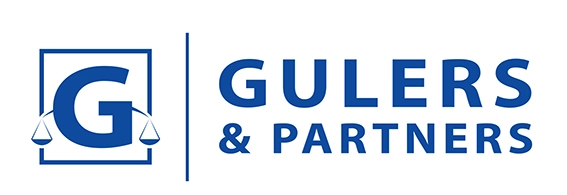Alternative Method in the Resolution of Internet Domain Name Disputes: TRABIS
Pursuant to Article 7/3 of the Industrial Property Law ("IPL"), if a trademark used on different goods and services is similar or identical to a registered trademark or to one for which an application has been filed, the trademark holder is entitled to initiate an action against the alleged infringer. Acts of trademark infringement on the internet manifest in many forms but one which stands out is the use of an identical or similar trademark as a domain name. In this context, the use of a trademark in an internet domain name may constitute infringement of the trademark right depending on the nature of the use, the word used in the domain name and the scope of the website.
As of 14 September 2022, an alternative dispute resolution mechanism called TRABIS has been introduced for disputes involving domain names with the .tr extension.
In the new system, objections to domain names are examined and resolved by arbitrators or arbitral tribunals appointed by Dispute Resolution Service Providers ("DRSP") in accordance with Article 23 of the Internet Domain Name Regulation. There are currently two "DRSPs": the "Information Technologies & Internet Security Association" ("BTİDER") and the "Tobbuyum Mediation & Dispute Centre" ("TOBBUYUM"). They have been in operation for over a year. In this article, we will examine important disputes handled by the DRSPs, as well as the decisions issued and published on BTİDER and TOBBUYUM pages.
Pursuant to Article 25 of the Internet Domain Name Regulation, three main elements are required for a successful complaint at the "DRSP":
- The disputed domain name is similar or identical to a trademark, trade name, business name or other identifying marks owned or used in commerce,
- The respondent/registrant has no legal right or connection to this domain name,
- The domain name has been registered or is being used in bad faith.
These three conditions can be briefly summarized as (i) the similarity criterion, (ii) the right or legitimate interest criterion and (iii) bad faith criterion. The evaluation criteria are in line with the dispute resolution policies of the WIPO Arbitration and Mediation Centre. Indeed, in practice, it is observed that the "DRSPs" refer to the Uniform Domain Name Dispute Resolution Policy (UDRP) Case Law and Selected UDRP Questions.
When these conditions and the assessments based on them are analyzed, it is obvious that neither the conditions nor the assessments depart from the trademark law criteria applied by the Turkish Patent and Trademark Office ("TPTO"):
a. Firstly, in the similarity criteria, it is observed that the complainant makes a comparison between the alleged trademark and the domain name in terms of essential and common elements. In this context, the core element of the domain name, i.e. the essential element in trademark law, is determined and the similarity between the phrase claimed by the complainant as a "trademark" is evaluated. It should be noted that, although the trademark registration documents submitted by the complainant are important, other trademark uses by the complainant, such as the registered trade name, are also within the scope of the assessment.
In this respect, the complainant's allegations of similarity are evaluated more comprehensively by considering not only the registered trademark but all kinds of uses that constitute a trademark.
b. In terms of the right or legitimate interest criteria, a legal connection is sought between the domain name owner and the complainant. It is often considered to be difficult for the complainant to prove a negative case, even though s(he) is supposed to prove that there is no legal connection between the parties. In cases where the complainant's deprivation of the domain name appears to be justified at the first glance (prima facie), the burden of proof shifts to the complainant.
Therefore, in terms of the justified or legitimate interest criteria, both parties have the burden of proof and the arguments and allegations that are rebutted by the complainant are particularly important.
c. In the Regulation on Internet Domain Names, bad faith is defined by giving examples in a non-limited number, and is assessed according to the concrete case, except for the cases listed. In this sense, by including the phrase "allocation or use in bad faith" within the scope of the Regulation, the bad faith criterion is regulated in a two-way manner.
Therefore, it is observed that in their assessment of the bad faith criteria, the "DRSP" considers the manner and content of the use of the internet domain name, as well as the types of arguments and documents submitted by the complainant. In one decision, the arbitrators compared the complainant’s scope of activity with the scope of the domain name use whereas in another decision, bad faith assessment was conducted on the basis of a document stating that the consumer shopping through a domain name had confused the domain name with the complainant's trademark.
Briefly, although the dispute evaluations of the "DRSPs", which became operational with TRABIS, did not deviate from the principles of trademark law, they brought a broader and more practical perspective to these principles. Undoubtedly, new perspectives will be developed in 2024 in terms of disputes regarding internet domain names.



















































 Successful
Successful